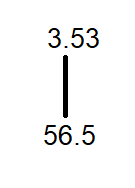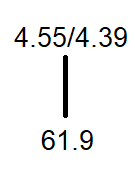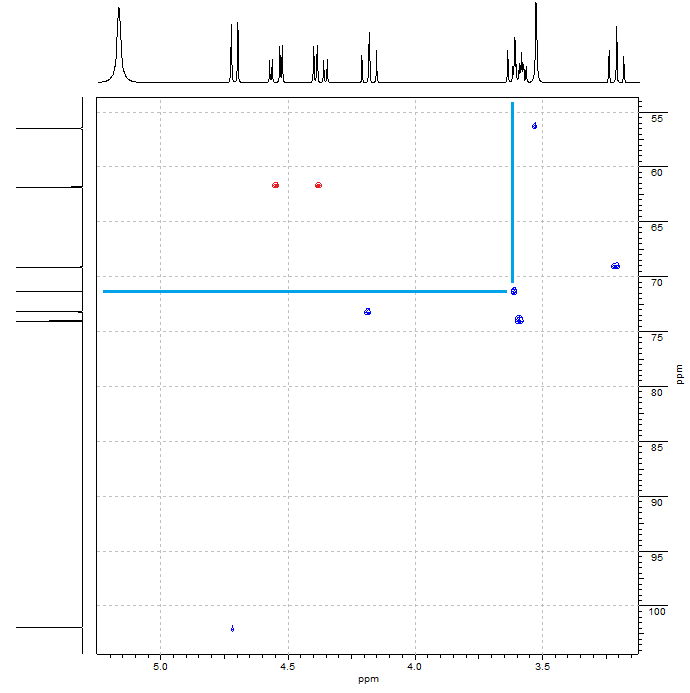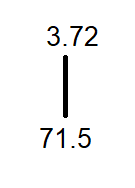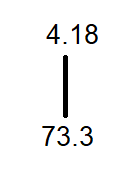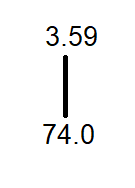CASE STUDY (cont.)
ONE-BOND'S 2D H/C
In this example we'll try to deduce the structure of a compound with formula C7H14O6 from its 1H-, 13C-NMR and one-bond's 2D H/C spectra.
Let's see how far we can go...
The 1H- and 13C-NMR spectra were recorded on a 9.5 Tesla instrument where 1H and 13C resonances happen at 400 and 100 MHz, respectively. Solvent is D2O.
Make a list of once-over observations and preliminary conclusions:
1H-NMR:
1) The chemical shifts of all 1H's are within 3.2-4.4 ppm suggesting that all 1H's are under the influence of the electronegativity of the O atoms.
2) The sum of all integrals amounts 10 1H's. The 4 remaining from the molecular formula could be OH's that end up giving a common signal together with the residual H2O of the solvent.
3) The individual integrals indicate that almost every signal belong to single 1H's, exception made of those at 3.6 and 3.53 ppm.
4) The relatively high chemical shif of the signal at 3.53 ppm, its singlet shape and its integral of 3, suggest that we are dealing with a OCH3 group.
6) The shapes of all signals (except that at 3.53 ppm) is quite complex suggesting that the 1H's form a complex network of couplings that cannot be figured out from the 1H-NMR spectrum.
13C-RMN:
1) Seven signals are observed thus indicating that all 13C's are heterotopic.
2) 13C chemical shifts are high, in the range of 55 and 105, suggesting that each carbon should bear at least one electronegative oxygen atom.
Let's see what the one-bond's 2D H/C tells us:
Let's draw all correlations and jot down all related chemical shifts:
In summary, to the coupled 1H's and the fragments deduced from the COSY 2D H/H we can add the chemical shifts of the 13C's as figured out from the one-bond's 2D H/C correlations:
We may now complete the correlation map including the H/H coupling constants and placing oxygens in view of the chemical shifts of 1H and 13C:
We still have some unresolved issues:
1) Even though we ascertained the 13C belonging to the OCH3 group, we still don't know where it is attached.
2) The number of oxygens is too large suggesting that some of them should be shared between certain positions but we still don't know which ones.
Is this enough info to figure out the structure?
Unfortunately it isn't!!! But we're closer and closer!!!
We do need crucial data, namely multiple-bond's 2D H/C correlated spectra.
I just beg you a final bit of more patience...



